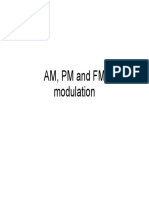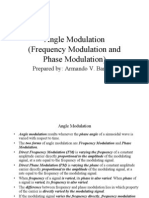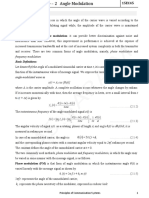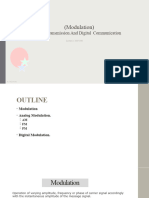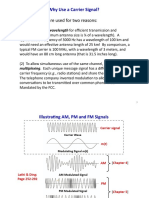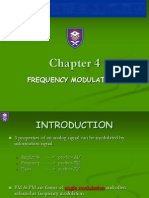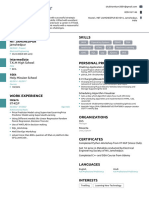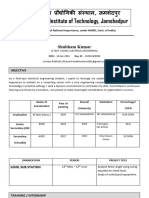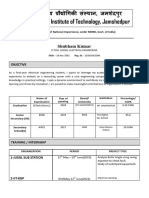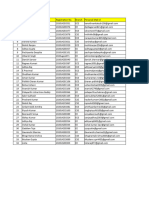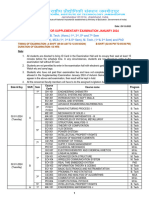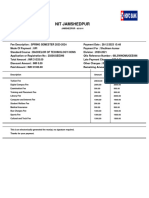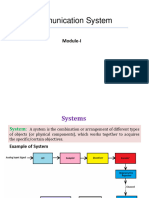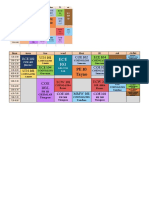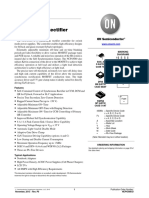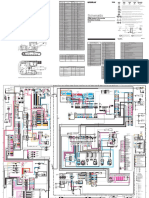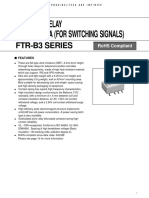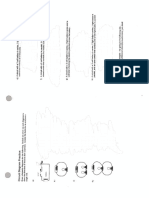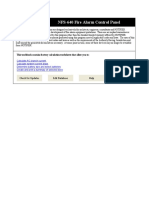0% found this document useful (0 votes)
36 views20 pagesCOMMUNICATION SYSTEM - Module 2 - Part 3
This document discusses angle modulation, which includes frequency modulation and phase modulation. It defines these terms and provides their mathematical representations and equations. Frequency modulation varies the frequency of the carrier signal linearly with the message signal. Phase modulation varies the phase of the carrier signal linearly with the message signal. The document compares frequency modulation and phase modulation, outlining their advantages, disadvantages, and applications.
Uploaded by
COMPETITIVE GURU JICopyright
© © All Rights Reserved
We take content rights seriously. If you suspect this is your content, claim it here.
Available Formats
Download as PDF, TXT or read online on Scribd
0% found this document useful (0 votes)
36 views20 pagesCOMMUNICATION SYSTEM - Module 2 - Part 3
This document discusses angle modulation, which includes frequency modulation and phase modulation. It defines these terms and provides their mathematical representations and equations. Frequency modulation varies the frequency of the carrier signal linearly with the message signal. Phase modulation varies the phase of the carrier signal linearly with the message signal. The document compares frequency modulation and phase modulation, outlining their advantages, disadvantages, and applications.
Uploaded by
COMPETITIVE GURU JICopyright
© © All Rights Reserved
We take content rights seriously. If you suspect this is your content, claim it here.
Available Formats
Download as PDF, TXT or read online on Scribd
/ 20














